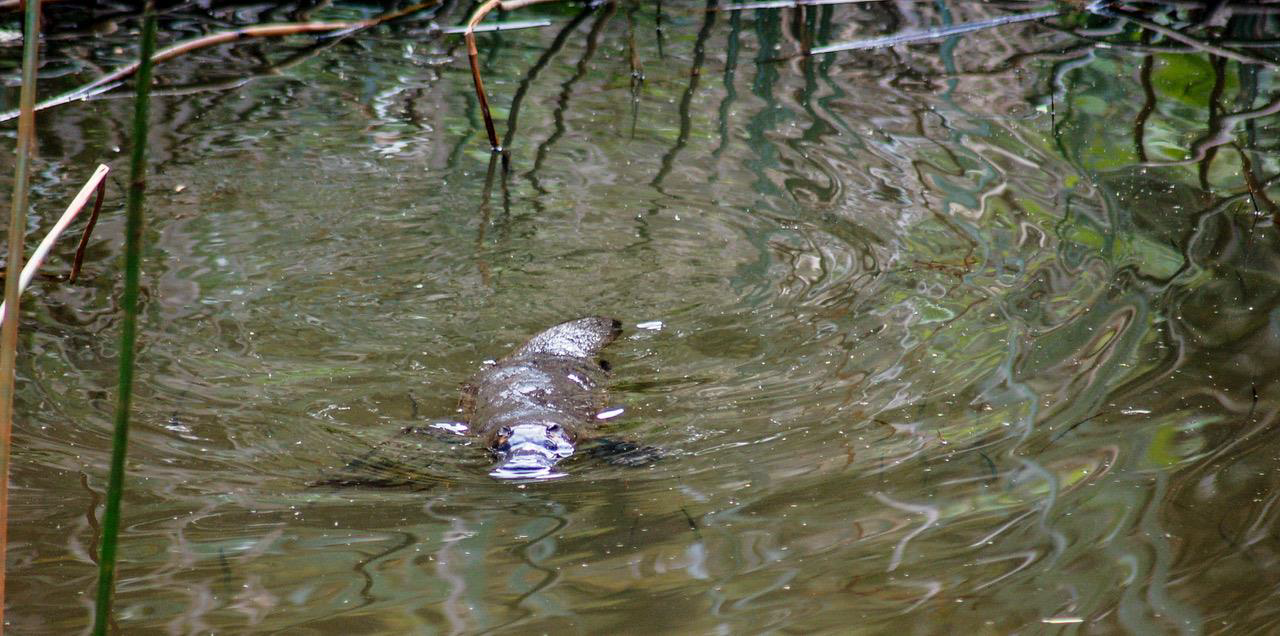Trialling new methods for assessing rare fish populations

The Adjungbilly Creek in the Upper Riverina Highlands is home to one of 4 remaining populations of the endangered Macquarie Perch. Over the past 10 years with the help of DPI Fisheries and Charles Sturt University we have been monitoring the population of 'Maccas' using electrofishing and fyke net methods.
There are of course disadvantages in these methods with the percentage of fish captured influenced by factors such as the size of the fish, conductivity and flow rates.
Recently we trialled a fairly cost effective method of spotlighting. With the help from traditional owners from the Brungle Tumut Local Aboriginal Land Council, 2 sites on the Adjungbilly were surveyed. A total of 6 Maccas were identified including young of year.


.jpg)








